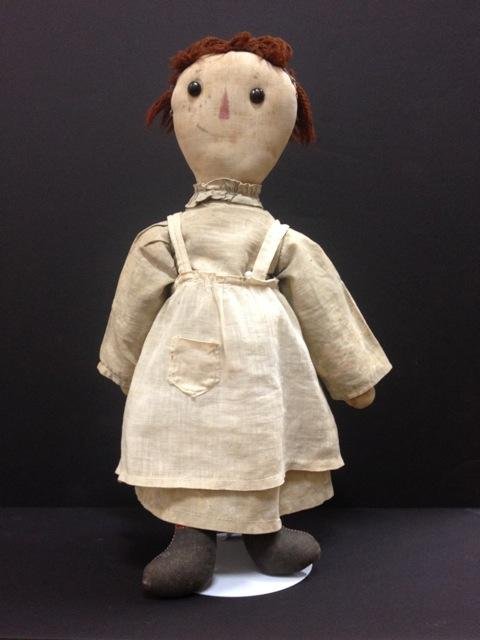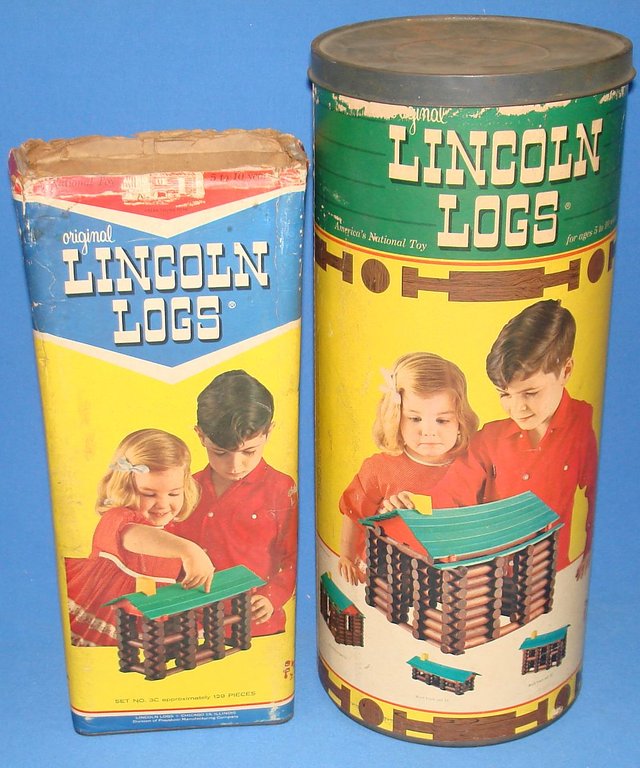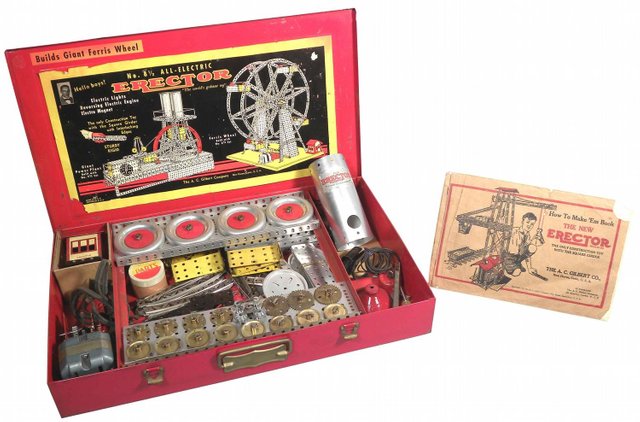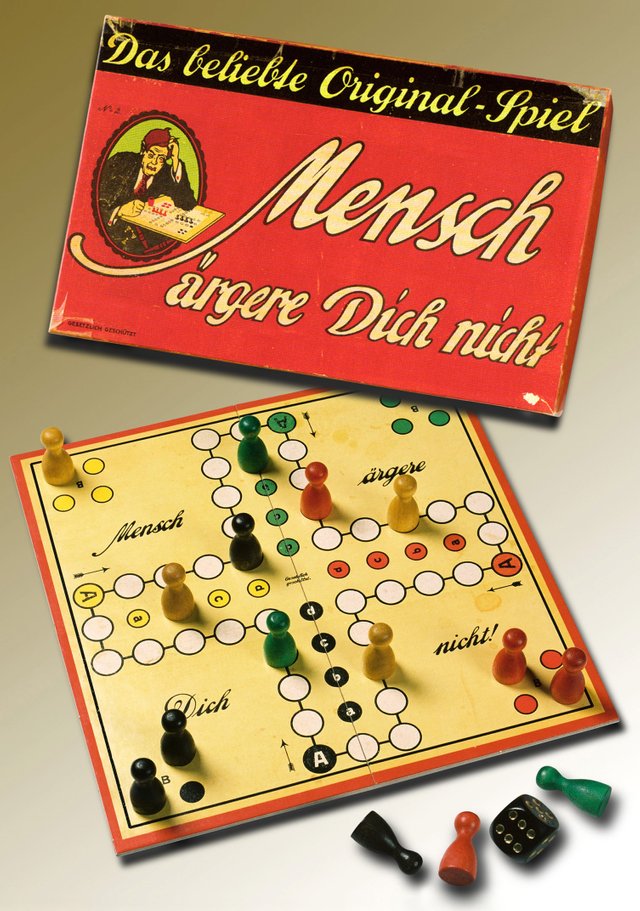Memories of our childhood: Toys of the 1910's by @mevilkingdom
Hi Steemians! As someone who is into collecting toys AND history I tought: Why not combine both? So I started a series in which I will talk about the history of toys. This time: 1910-1919!
Tinkertoy Construction Sets are the invention of Charles Pajeau, a stonemason from Evanston, Illinois. Inspired by watching children play with pencils, sticks and empty spools of thread, Pajeau developed several basic wooden parts which children could assemble in a variety of three dimensional abstract ways. He designed his first set in his garage, and with high hopes, displayed the toy at the 1914 American Toy Fair. But nobody was interested. He tried his marketing skills again at Christmas time. He hired several midgets, dressed them in elf costumes, and had them play with "Tinker Toys" in a display window at a Chicago department store. This publicity stunt made all the difference in the world. A year later, over a million sets had been sold.

When illustrator and cartoonist Johnny Gruelle’s terminally ill daughter, Marcella, found a faded rag doll in her grandmother’s attic, he painted a new, smiling face on the toy. Naming it Raggedy Ann after two poems by his friend James Whitcomb Riley, “The Raggedy Man” and “Orphan Annie,” he made up a series of stories around this character to entertain his only child, who loved to spend hours playing dolls.
After her death in 1916, Gruelle wrote and illustrated 25 storybooks. Responding to the series’ popularity, in 1918, Gruelle and his family made several dozen dolls to sell with the books. This concept had great success and over 75,000 dolls were made between 1918 and 1926.
Today, the value of the dolls out there in the collectible market is up to $5,000 each.

John Lloyd Wright first developed the concept for Lincoln Logs in 1916. Although Lincoln Logs would prove to be the most successful version of this type of toy, log cabin building sets had been around long before John Lloyd Wright debuted his brand.
The design of Wright’s Lincoln Logs was influenced by the construction of his father’s Imperial Palace Hotel in Tokyo, whose interlocking timber beams were said to make the structure earthquake-proof. Original Lincoln Log sets were made entirely from redwood by the Red Square Company of Chicago, Illinois. These sets also included instructions on how to build the two most famous American cabins—those belonging to Uncle Tom and President Lincoln.

Erector Sets
An American entrepreneur, named A.C. Gilbert, claims he saw workers carrying the steel beams for an electrical power grid while traveling on a train, and that inspired him to introduce the Erector set in 1913. But the truth is that Gilbert had probably seen or heard of Meccano.
However, Gilbert improved on the concept by including gears, pinions, and electrical motors in his kits to make them more versatile. Unlike Meccano’s steel strips, Erector’s were bent at a 90-degree angle so that four of them put together could form a hollow support beam.

Blow-Football
This one is quite self-explanatory. A straw, a goal and a ball, that's all you need for success. You put the ball in the middle of the table and
blow. If you get the ball in the opponents goal you have scored. First to five goals wins.
The only rule is that youre not allowed to touch the ball while it is in play - with hand, straw or anything else. If you do, the opponent gets a penalty.

The game Mensch ärgere Dich nicht (Roughly translated: Man, don't get annoyed) was issued in 1914 and sold about 70 million copies, driven by huge popularity among German troops serving in World War I. Each game piece enters the circle at the "start" field, moves (clockwise) over the board and finally enters the "home" row. The first player with all of their pieces in their "home" row wins the game. The name derives from the fact that a peg is sent back to the "out" field when another peg lands on it.
Thank you very much for reading and don't forget to follow me for more updates! Next time: 1920-1929!
I do not own any of the pictures used in this article.
Who is Mande Walschot?
Mande Walschot resides in Belgium and currently owns over 1,360 boxed My Little Ponies, around 500 boxed dolls, over 70 polly pockets, 40 plush care bears, 30 Tsum Tsums, about 3,000 Pokémon cards, around 200 comic books and lots of stuffed toys! Gemr spotlight collection
Also seen on national television and newspapers.
Sister of @steve-walschot, the creator of SteemPay.io and vouched Steem applications developer and girlfriend of game-enthusiast @herrlonnie.
I recall having several of these ... makes me feel old
They still make most of these nowadays. I had some of them too, probably reproductions.
Great collection!
I played some of those
The ones I played were not the 1910 versions, of course
Same here!
I had no idea tibke toys and Lincoln logs were so old. I need to get some for my 4 year old
All Electric Erector
things really take on new meanings after 100 years LOL :P